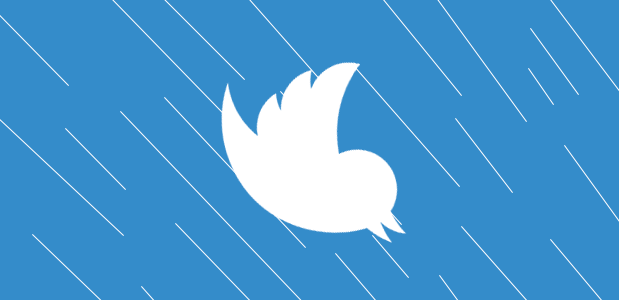When you think of historians, what do you picture? A bunch of older academics reading books and writing in leather armchairs?
In last week’s post, I examined how Jeffersonian era citizens reacted to physiognotraces (or shadow silhouette portraiture) and discussed how historians ought to evaluate what “new” media contributes or signifies in their unique historical contexts. One such medium that is now embraced by the public and, increasingly, by historians is social media–in particular, Twitter.
Like Facebook and other sites, Twitter has proven to be an accessible tool for anyone to share or digest entertainment, news, or information in general. With that goal in mind, some public historians, humanists, and universities have been using this platform to share their work and that of others to inform and provoke curiosity in the digital commons.
One of the benefits of Twitter is that content is easy to search for and find. Utilizing hashtags or usernames that are unique to organizations or neighborhoods, for instance, allows content related to those identifiers to be easily found. The ability to share links to larger articles or websites with hyperlinks also allows creators and educators to provide content to their audiences without sacrificing the brevity in length for which Twitter is known.
In so doing, public historians can make and share content relevant to particular neighborhoods, such as #RogersPark or #WestRidge, as well as the National Council of Public Historians (@NCPH) in a way that is easy to read and share with others.

Posts from the Twitter homepage of Dr. Rachel Boyle, a Fellow at the Newberry Library Mellon Major Projects. https://twitter.com/Raboyl?lang=en
Academic institutions and digital humanists have also kept pace in adopting Twitter for their own unique goals. Many have taken to the platform not just to publicize work, but to bring to light issues not just impacting their campuses (such as union disputes or emergencies), but to broader concerns facing their field and discipline.
For instance, the recent fire at the National Museum in Rio de Janeiro (#MuseumNacional) has provoked reflections among historians and humanists about how easily historical memory can be lost and the importance of building and maintaining museums and archives for the public bodies they serve.

Current top posts from a search for #MuseumNacional page on Twitter.
Meanwhile, academic institutions and historical and humanist organizations have increasingly used Twitter to inform the digital public about the latest projects and achievements being made in the field. Digital Humanities Now, or #dhnow, provides links to job postings and articles targeted at digital humanists for their benefit.
@csuDigitalHumanities of Cleveland State University and (sigh) @LUCTSDH of Loyola University’s Center for Textual Studies and Digital Humanities are both good sites that regularly post new material and updates about achievements by their members and ongoing projects and events at their campuses.
In spite of its popularity, Twitter does have certain disadvantages the aspiring academic or artist should consider before embracing it as a medium.
As I have mentioned, the character limit (though now higher at its current 280 cap than before) can be a hurdle for scholars who tend to be verbose and write perhaps more than is needed…such as myself.
Furthermore, by putting out your job title, personal information, and work, you submit yourself to the public eye. Should controversy erupt over a subject you cover, your site could become a site for biting criticism and vitriol from readers.
And, as the saying goes, once something is put on the Internet, it is there forever. That means self-editing is of the utmost importance.
None of that is to say we, as creators or consumers of shareable knowledge, should avoid Twitter like the plague. It, like other media, retains the power to share meaningful information and human experiences with a wide audience. Its quality as a medium depends entirely on how it is used. With editorial discipline and patience with the invisible community they serve, the aspiring public historian or digital humanist could better pursue their mission of education on Twitter and enhance (rather than diminish) their reputations and intellectual reach as scholars.

Great point about the public eye. I’m surprised John Fea doesn’t have more vitriolic comments on his posts considering the target of his latest book. Either the outrage cycle is short, or the block button is in play.
LikeLiked by 1 person
Agreed! I think it could be a mix of both–I’ve noticed many times how hordes of disapproving readers descend upon a tweet or post until or because comments get blocked. Can’t tell if it’s a cause or a correlation at this point.
LikeLike
Just want to say your article is as amazing. The clearness in your post is just great and i can assume you
are an expert on this subject. Fine with your permission allow me to grab your feed to
keep updated with forthcoming post. Thanks a million and please carry on the gratifying work.
LikeLike